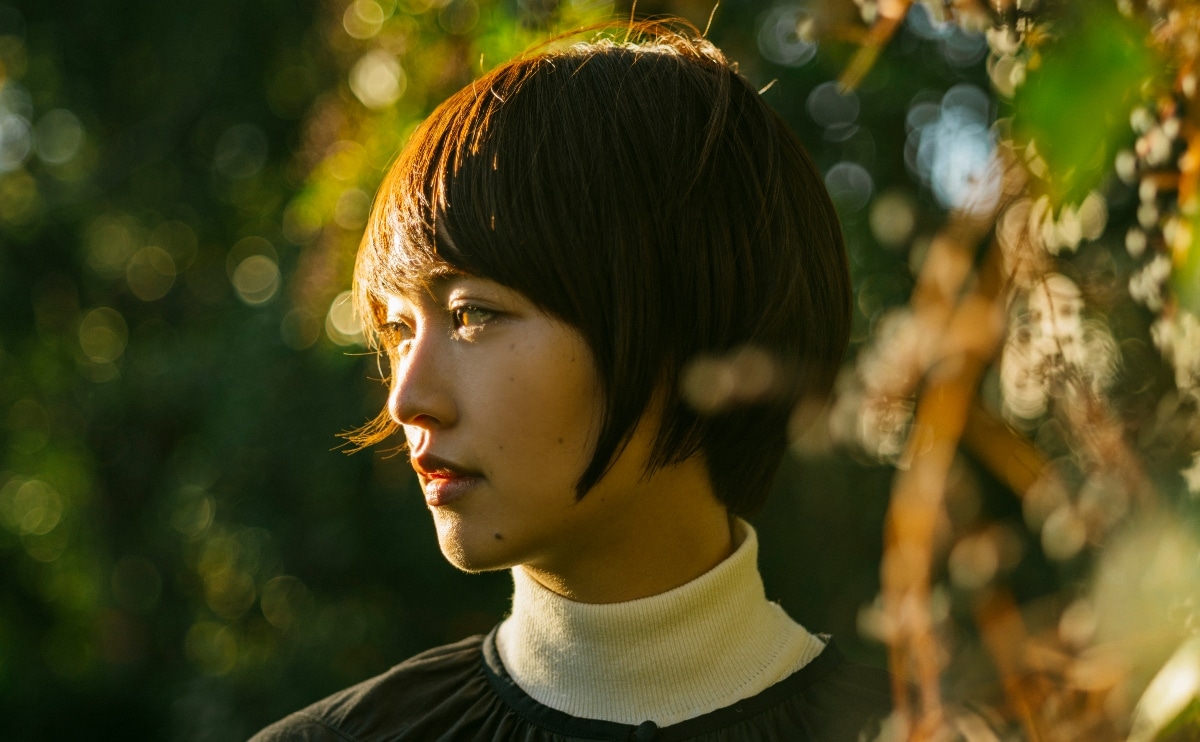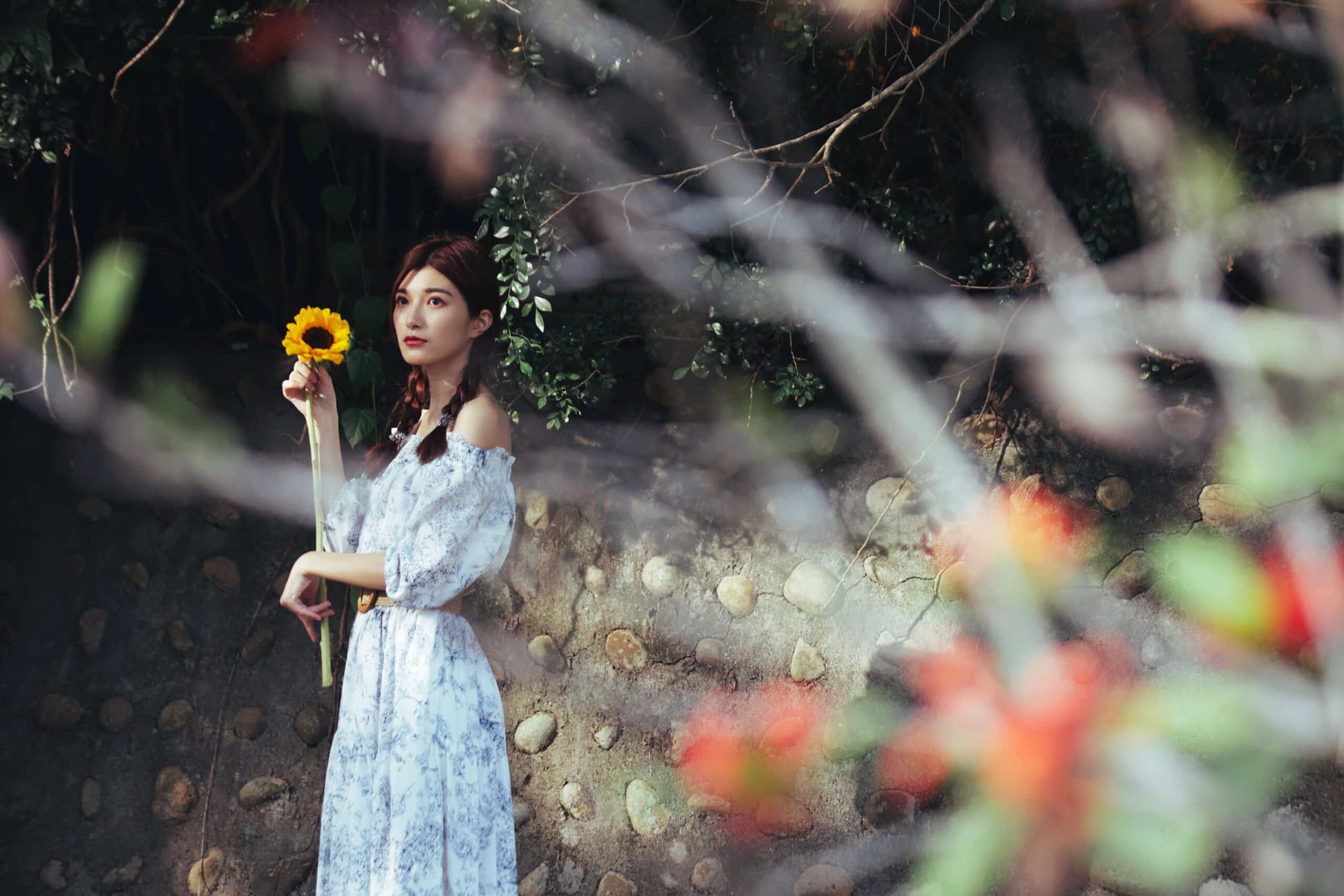Here’s what the Senryu poetry form is:
Senryu is a type of short Japanese poetry that is structurally similar to the haiku but focuses more on human nature than the seasons.
More specifically, senryu is usually focused on the comedic aspects of humanity, with a special focus on irony, wit, and everyday situations.
So if you want to learn all about the Senryu poetry type, then you’ve come to the right place.
Let’s jump right into it!

Forms of Poetry: Senryu

Senryu is a form of Japanese poetry that is, structurally, not unlike haiku.
Whereas haikus tend to be about nature, senryu is more focused on humanity, often with a witty or even sarcastic slant to them.
They’re not as bluntly comedic as limericks, but they do tend to be more casual than the haikus we’re more familiar with.
While senryu poems aren’t nearly as popular in the west as haikus, which seem to have taken the world by storm, they are growing in popularity as more and more writers and scholars dig into the vast, untapped potential of adapting Japanese forms into English.
Senryu, as a sort of cousin to the haiku, is in a prime position to become the next big thing in poetry if a talented new practitioner comes along.
Basic Properties of Senryu

| Rhyme Structure | None |
| Meter | None |
| Origin | Japan |
| Popularity | Popular in Japan; steadily growing in popularity elsewhere |
| Theme | Human nature; usually comedic |
How Are Senryu Structured?

Both in English and Japanese, senryu is very similar structurally to haikus.
In English we expect them to have a 5-7-5 syllable structure split across three lines.
Japanese measures these a bit differently, in special units called morae or on, but the sentiment is similar.
It is worth noting that modern Japanese poetry has gradually moved away from these counts and allows for more flexibility in how these short poem forms are arranged, whereas English haikus and senryu tend to stick closely to the 5-7-5 structure we were introduced to.
This is not to say that they cannot stray from that structure, however, and more poets are looking into variations of senryu and haikus than ever before.
Japan, naturally, has been branching its poems into a constant flow of new and interesting forms for centuries, including many variations of these and other forms that rarely get mentioned in the west.
While haikus demand seasonal words and cutting words, often mimicked in English with seasonal imagery and caesuras, senryu does not have such requirements.
Instead of being themed around nature and the seasons, senryu tends to look in on a single moment with human characters.
Most commonly, they tend to explore the comedy found in everyday life. In terms of tone, the most popular poem form I can compare them to is certainly the Irish limerick, but whereas a limerick is much more prone to inappropriate or crude humor, senryu tends to be more about finding humor within mundane situations.
While senryu can borrow techniques like metaphor and imagery, poets may find the syllable restrictions to be a bit limiting at times.
As such, any technique that’s only being used for ornamental reasons should probably be discarded to free up space.
Examples of a Senryu

Mom salts his dinner.
Dad walks in, smiles sweetly
and grabs the shaker.
The above poem is a simple reference to an all-too-familiar situation for many families.
Mom salts the food while it’s cooking, then Dad grabs the saltshaker without even tasting it.
It’s such a tired old situation that it may as well be a tradition at this point.
It’s little moments like this where senryu shines, capturing just a quaint little snapshot at one corner of a dinner table.
I grabbed his arm,
loudly declaring my love
for his sister’s feet.
Another fun quirk of the senryu is that it rarely provides context.
We don’t know what led up to this or if it’s just someone playing a joke on a friend or not.
It’s as if we were walking through a crowded bar and just happened to overhear a strange conversation at exactly the right time.
Some things are just funnier without context and senryu is a great way to capture that.
If you examine both poems, you’ll notice that the only thing they have in common other than a vague similarity in theming is the 5-7-5 structure.
The most beautiful thing about senryu may simply be how much freedom you have within the poem.
There’s a lot you can capture in just 17 syllables when you make the effort.
Tips for Writing Senryu

I can think of two good ways to start, off the top of my head. One is to simply think of a funny situation that can happen anywhere.
Make it relatable.
Maybe base it on a real-world example or your favorite moment from a sitcom.
Try to stick to familiar archetypes like “the little brother,” “the ex-girlfriend,” or “the boss.”
That way there’s less need to introduce them because we feel like we already know whom you’re talking about.
Then think of a situation involving that archetype that’s mildly amusing.
It doesn’t have to be a hilarious one-liner or anything.
Just a moment that reminds the reader of how entertaining the world all around them can be.
Maybe your boss demands you work overtime, only for you to notice he has toilet paper on his shoe when he walks away. Little moments like that are enough.
Another way to approach the senryu is to look for moments of realization.
While senryu doesn’t mandate a cutting word, that doesn’t mean there’s no poetic turn.
Many senryus have a clear moment where the initially neutral image cuts away to reveal something amusing, insightful, or sometimes downright cynical.
Think of it sort of like the gags in TV shows that use camera angles to hide something from the viewer.

We don’t know why the character on screen has one eyebrow raised until we cut away to their roommate dancing passionately with a lamp.
Humor often stems from irony, so think about what your audience expects and go in a different direction.
We expect the archetypal vindictive ex-girlfriend to ham it up and try to make her new boyfriend look like the best thing that ever happened to her when they run into her ex.
What we don’t expect is for that new boyfriend to accidentally interrupt her with a loud belch before wandering over to browse in the toy section.
People are inherently unpredictable, but that chaos breeds a special sort of comedy you can only really find in day-to-day life.
It’s why the relatable characters on TV keep us coming back. It’s what makes the climax in a movie feel satisfying, even though we knew it was coming.
Senryu is a way to express the fun of people watching in a poetic form, so give it a shot.
Poet’s Note

Honestly, I could have kept writing examples all day.
After you write a senryu or two, it becomes a little addictive.
Like potato chips for the poetic mind.
Comprehensive Collection of Poetry Forms: Craft Words Into Art

Dare to traverse the entire spectrum of poetic forms, from the commonplace to the extraordinary?
Venture from the quintessential Sonnet to the elusive Mistress Bradstreet stanza, right through to the daunting complexity of Cro Cumaisc Etir Casbairdni Ocus Lethrannaigecht.
For those with a zeal to encounter the full breadth of poetry’s forms, this invitation is yours.
Start exploring the vast universe of poetic ingenuity with our comprehensive array of poetry forms right now!
